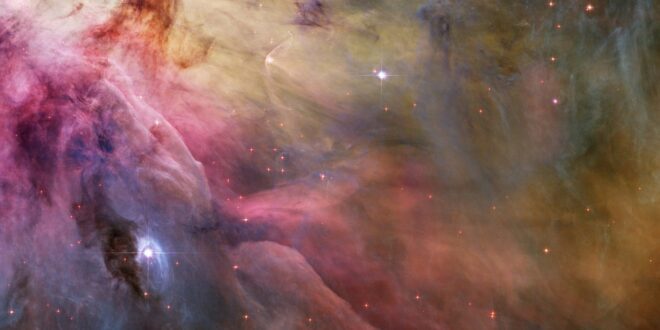Discover the Uncharted Universe: 10 Mind-Blowing Space Research Findings
The Mystery of Dark Matter
Scientists have long been puzzled by the existence of dark matter, an elusive substance that makes up around 27% of the universe. Recent research has shed new light on this mysterious entity, offering insights into its distribution and potential interactions with normal matter. Exciting theories and experiments are underway to unravel the secrets of this enigmatic component of our universe.
Exoplanets Beyond Our Imagination
In the quest to find Earth-like exoplanets, astronomers have made astonishing breakthroughs. From rocky planets with potential for supporting life to gas giants in unimaginably strange solar systems, the discovery of exoplanets never ceases to amaze. Each new find expands our knowledge and opens the door to the possibility of extraterrestrial life.
Gravity Waves: Ripples in Spacetime
Albert Einstein predicted the existence of gravitational waves a century ago, but it wasn’t until recently that their existence was confirmed. These ripples in the fabric of spacetime, caused by cataclysmic events such as merging black holes, are evidence of the dynamic nature of the universe. Researchers continue to study these cosmic vibrations, uncovering more about the mechanisms that govern our universe’s evolution.
The Mind-Boggling Multiverse
Recent investigations suggest the possibility of a multiverse, where our known universe is just one of countless others. This mind-bending concept challenges traditional notions of reality and expands our sense of cosmic possibilities. Exploring the implications of a multiverse has become a captivating endeavor for scientists, provoking fascinating discussions and debates.
Black Holes: Gateways to Another Dimension?
Embark on a journey near a black hole, and you’ll experience the effects of extreme gravity and time dilation. While much is still unknown, adventurous researchers are pushing the boundaries of our understanding. Could these celestial objects hold the key to navigating through space and time, and possibly even shifting to other dimensions? The exploration of black holes ignites our imaginations and challenges accepted scientific limits.
The Dazzling Dance of Binary Systems
Binary star systems, where two stars orbit around each other, offer a magnificent spectacle. Scientists are fascinated by the gravitational waltz of these cosmic dance partners and the impact it has on their surrounding environment. From stunning novae and supernovae in these systems to unique theoretical phenomena, these captivating sights bring joy to astronomers and astrophysics enthusiasts alike.
Nebulas: Cosmic Masterpieces
Nebulas, vast clouds of gas and dust, paint the universe in breathtaking colors. New studies reveal their intricacy and role in the birth and death of stars. These cosmic works of art mesmerize astronomers, with each nebula telling a unique story. Exploring these stellar nurseries allows scientists to glimpse the processes involved in the formation of celestial bodies.
Starquakes: Symphonies of the Stars
Stars, much like seismic activity on Earth, exhibit dramatic bursts of energy referred to as starquakes. These powerful vibrations provide astronomers with insights into the internal structure and properties of stars. Studying starquakes enables scientists to better understand the life cycles of stars, unveiling the fascinating mechanisms behind their birth, evolution, and eventual demise.
The Great Filter: Implications for Life Beyond Earth
The concept of the Great Filter suggests that there may be universal challenges that civilizations must overcome in order to advance and survive. By examining the potential existence and implications of this filter, scientists delve into the deep uncertainties surrounding the possibility of extraterrestrial life. Is our civilization currently facing the filter, or have we surpassed it? Contemplating this question paves the way for intriguing cosmic explorations.
Dark Energy: A Spooky Force
Dark energy, accounting for about 68% of the universe’s composition, manifests as a repulsive force causing the expansion of the universe to accelerate. Studies related to this dark and mysterious phenomenon aim to decipher its nature and unravel the secrets behind cosmic expansion. The implications of dark energy research could revolutionize our understanding of the universe and its ultimate fate.
 Mind Uncharted Explore. Discover. Learn.
Mind Uncharted Explore. Discover. Learn.



